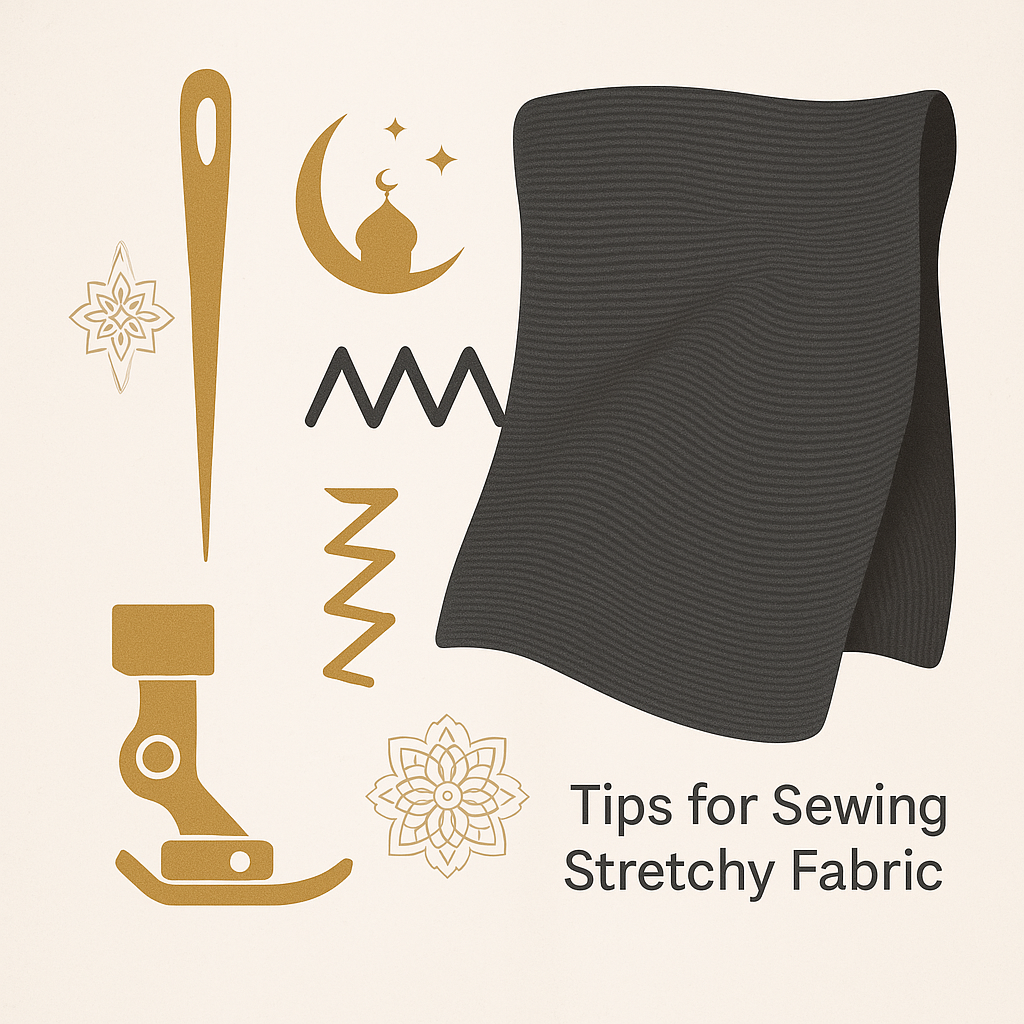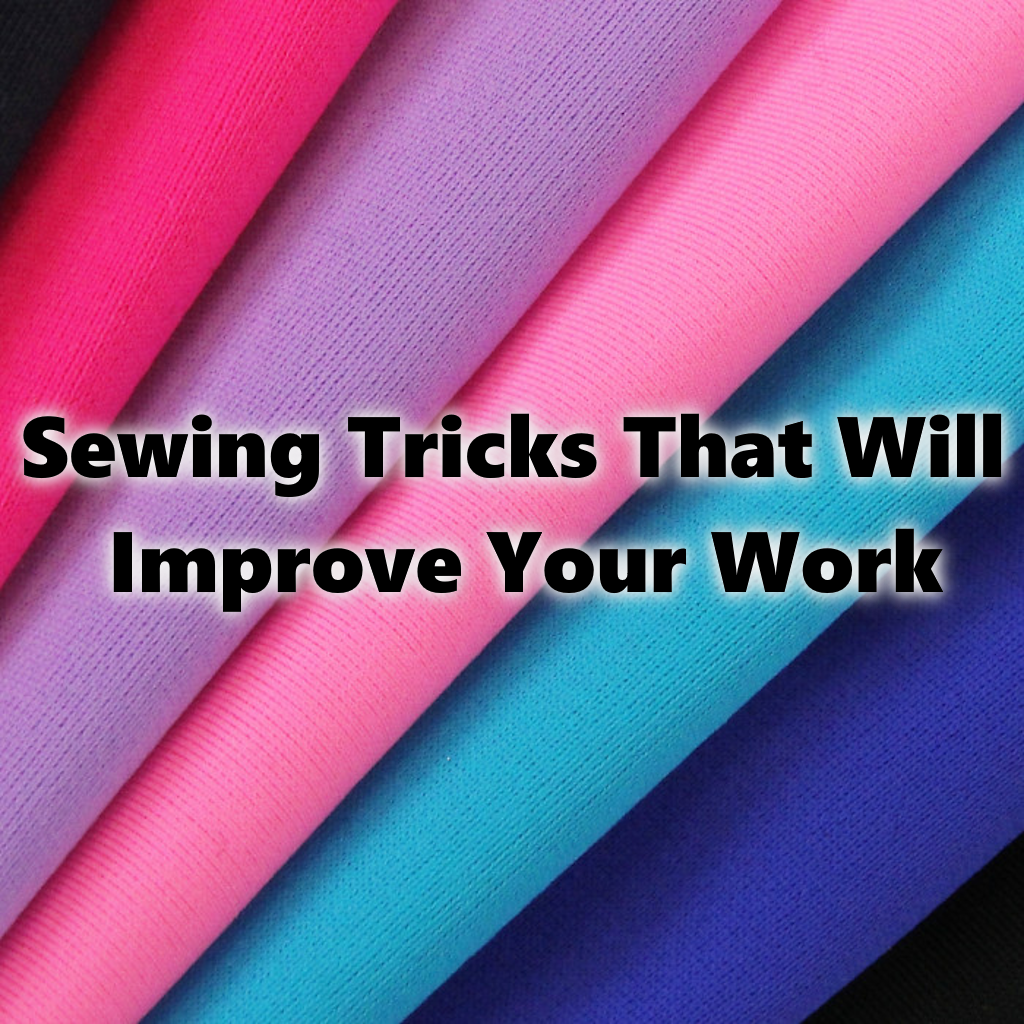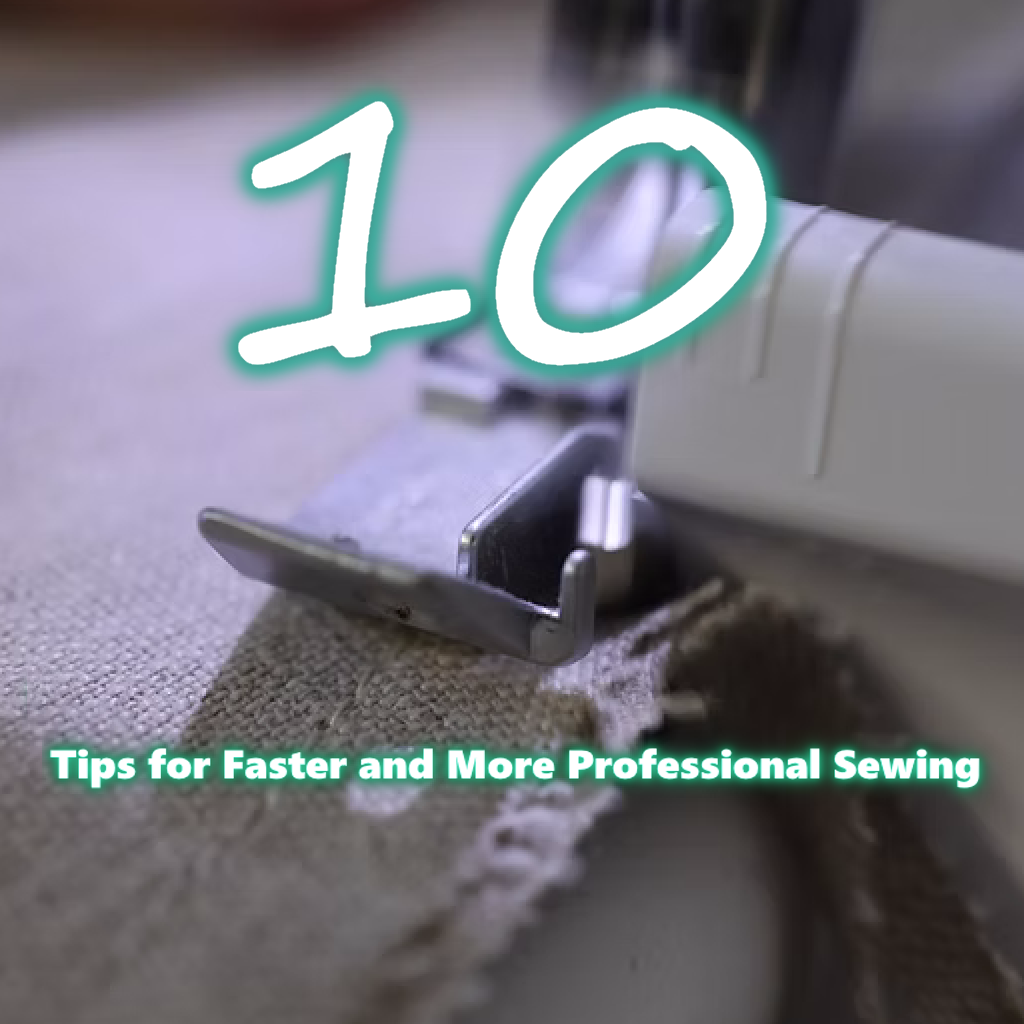
If you’re working on your first DIY fashion project with knit or spandex, understanding how to handle stretchy fabrics can make or break your results. In this guide, we’ll explore essential tips for sewing stretchy fabric, combining expert advice with real-life techniques that even beginners can follow. Whether you’re stitching up a modest tunic or a comfy T-shirt using the Sew It Yourself app, these sewing tips will help you succeed.
Why Stretchy Fabrics Can Be Tricky
Stretch fabrics like jersey, lycra, or rib knit are comfortable to wear—but sewing them is a different story. Without the right tools or know-how, seams can pucker, threads can break, or your garment may stretch out of shape.
That’s where the right sewing tip can make a world of difference.
Top Tips for Sewing Stretchy Fabric
1. Use a Ballpoint Needle
A ballpoint or stretch needle glides between the fibers of stretchy fabric instead of piercing them. This prevents holes and snags in your garment.
2. Select the Right Stitch
Avoid straight stitches—they can break under stress. Use a zigzag stitch or a stretch stitch that allows the fabric to move naturally.
3. Don’t Stretch While Sewing
Let the machine do the work. Pulling or stretching the fabric as you sew can lead to rippling seams.
4. Use a Walking Foot (if available)
This presser foot helps feed stretchy fabric evenly from top and bottom, preventing shifting or bunching.
5. Test Before You Sew
Always test your needle, stitch type, and tension on a scrap of your fabric first.
6. Stabilize Seams with Clear Elastic or Stay Tape
If your project includes shoulder seams or necklines, adding a stabilizer can keep those areas from stretching out.
7. Choose High-Quality Thread
Cheap thread can break easily, especially with fabric that flexes. Use polyester thread for strength and elasticity.
8. Cut with Care
Use a rotary cutter for smoother, cleaner edges on stretchy materials. Always lay the fabric flat and avoid stretching it while cutting.
Stretch-Friendly Projects in the Sew It Yourself App
The Sew It Yourself app offers printable patterns for modest fashion pieces like tunics, skirts, and loose-fitting tops—many of which are perfect for stretch fabrics. With its step-by-step instructions and virtual try-on feature, it’s an ideal companion for anyone learning to sew with knit materials.
Final Thoughts
Whether you’re a complete beginner or just new to sewing stretchy fabric, these tips will help you avoid frustration and get better results. Each sewing tip in this guide is based on real sewing experience and optimized for modern tools—including apps like Sew It Yourself.
Take your DIY clothing journey to the next level by downloading the app and experimenting with stylish, modest designs that move with you.





